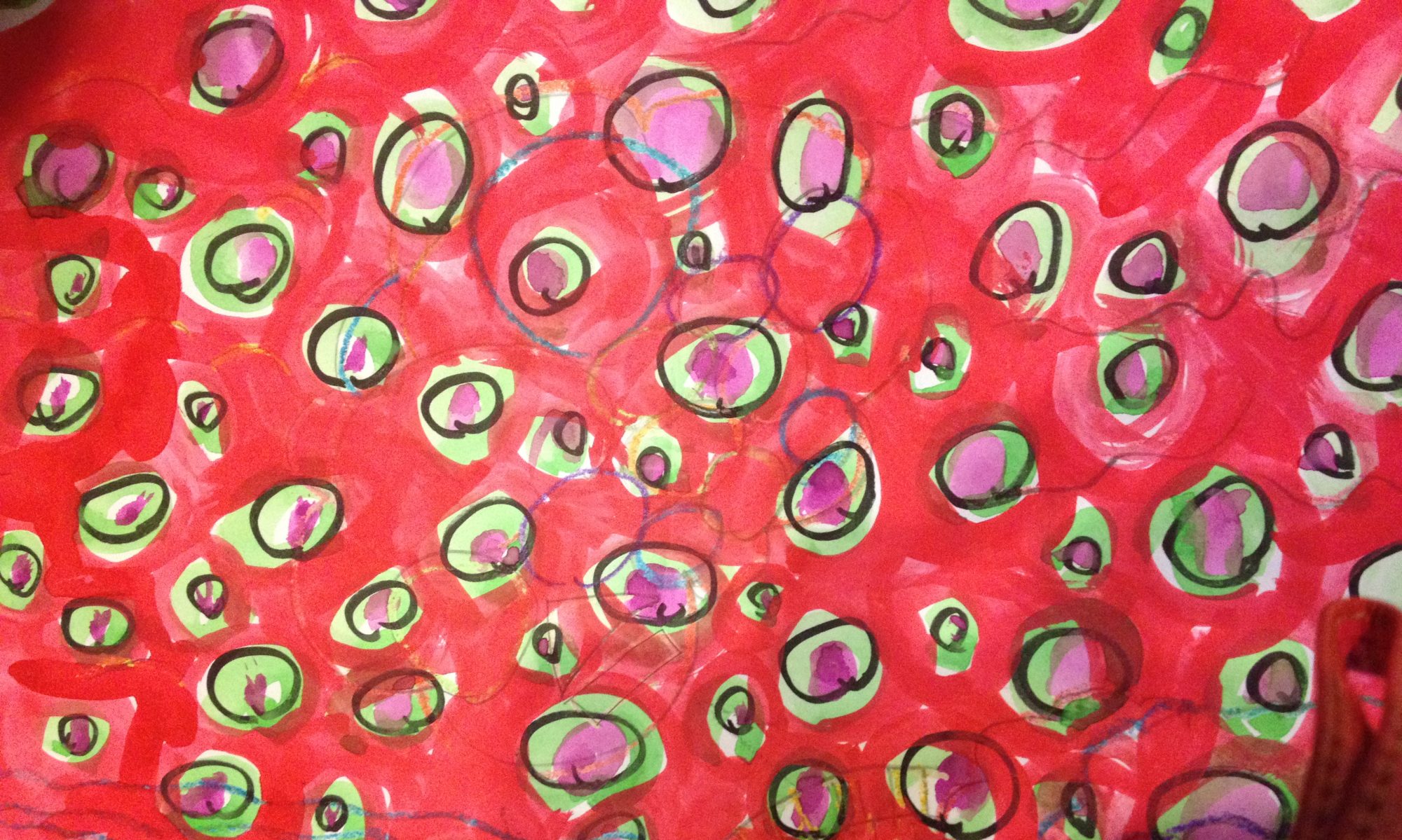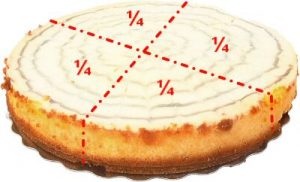They are necessary, critical components to successful reading.
Phonemes are the smallest sounds our language is broken into. Cat has 3 sound parts or phonemes. You can find a list of phonemes here.
[The actual letters are referred to graphemes- if you don’t know the letters that match the word sounds you will experience difficulty spelling.
Phonemic Awareness: refers to speech (oral language); having an understanding that our language is broken into sounds.
Phonological Awareness means you have an understanding of how the words in our language are made up of sounds.
You can view a PowerPoint on the terms here.
Teaching It: Segmenting & Blending are Key!
To teach segmenting of words; you teach about the separate sounds of a word. Cat has 3 sounds (phonemes), you would have the child read the sound parts of the word to segment it. C a t
To teach blending; you kind of review the segmenting first, have the child speak the separate sounds, then once again have them say the sound parts quickly to ‘blend them together’ into a word.
Here is an article on tutoring Phonemic Awareness/
My dyslexic child has an understanding of the Phonemic nature of our language; yet he cannot memorize the rules to connect what phonemes make up certain sounds. He will turn in an assignment on “light” for example; and have in his written answers – “light” spelled differently. Lite Ligt lyte liht
I will add a photo at a future time.

